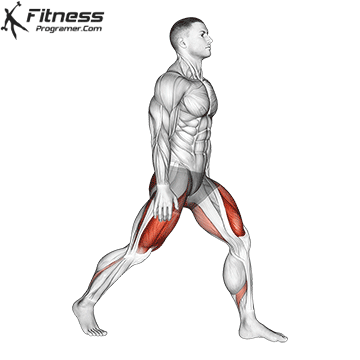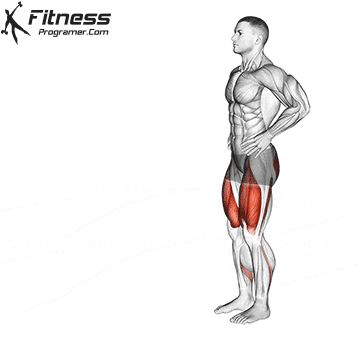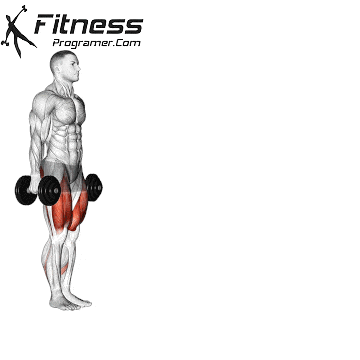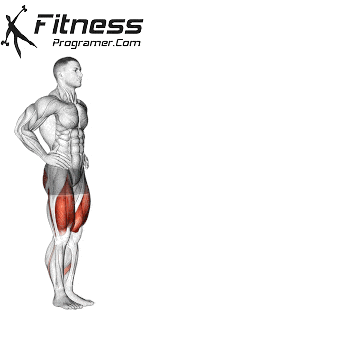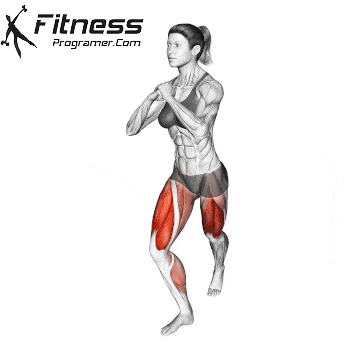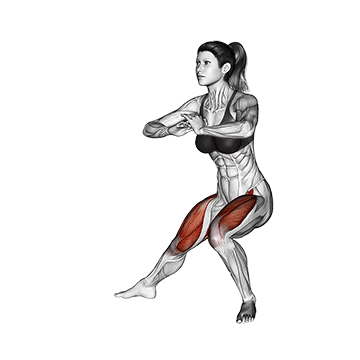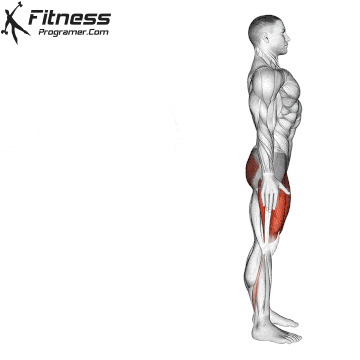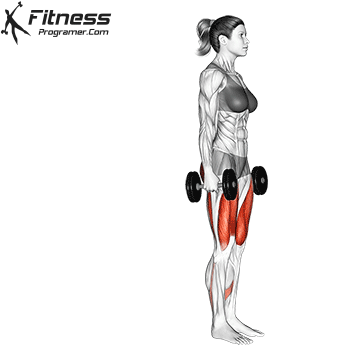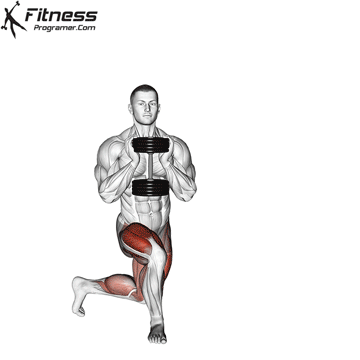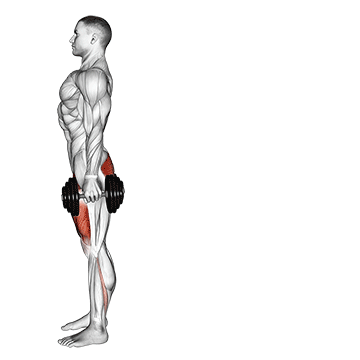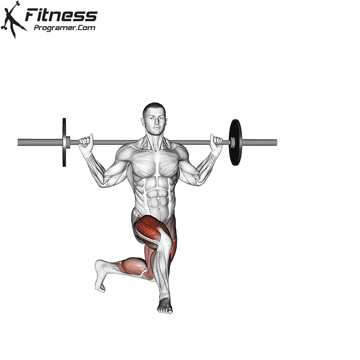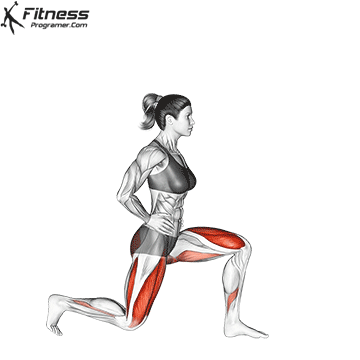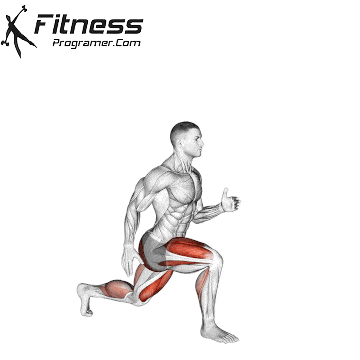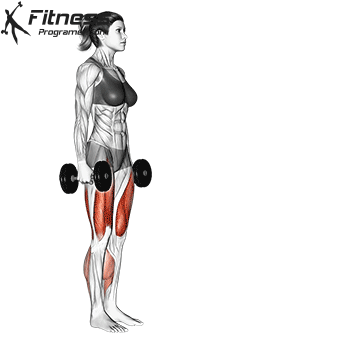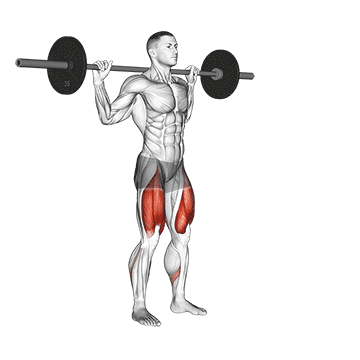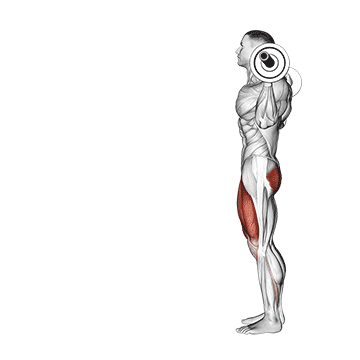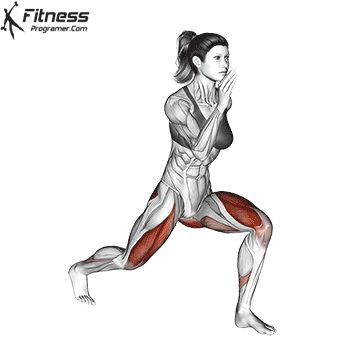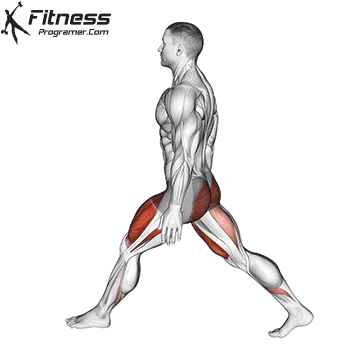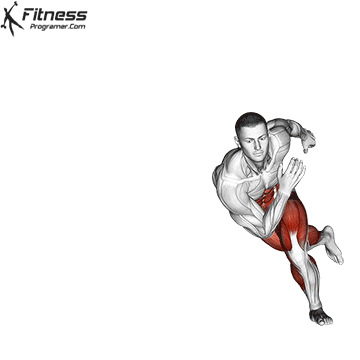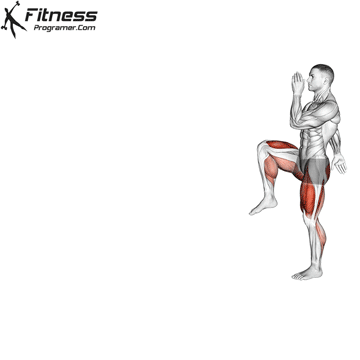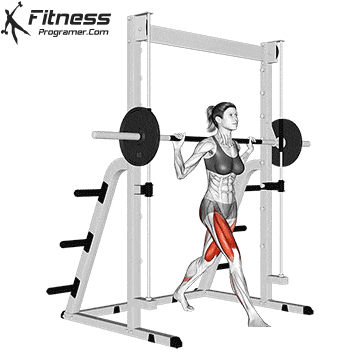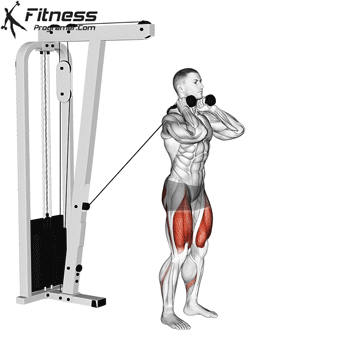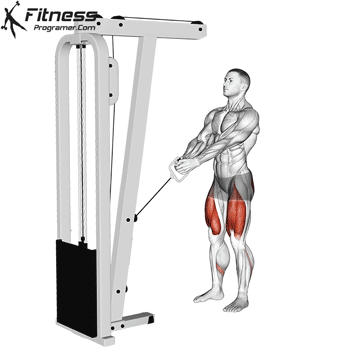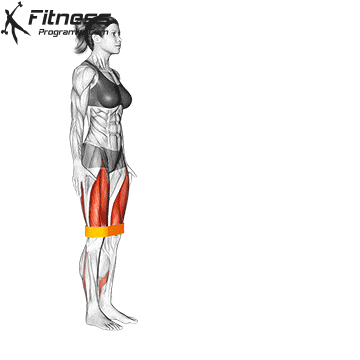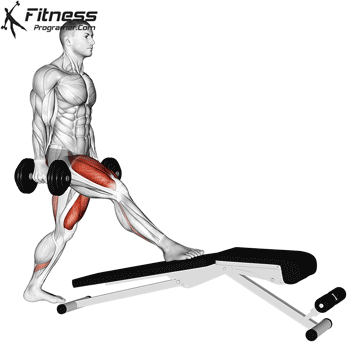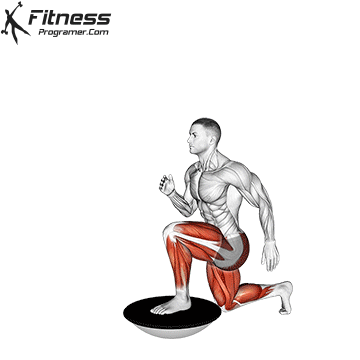Overview
The pendulum lunge is a dynamic lower-body exercise that combines forward and reverse lunges into a single flowing movement. This continuous motion challenges the quadriceps, hamstrings, and glutes while also improving balance, coordination, and muscular endurance. It is often used in athletic training, functional workouts, and conditioning programs to develop unilateral leg strength and stability.
How to Perform Pendulum Lunge
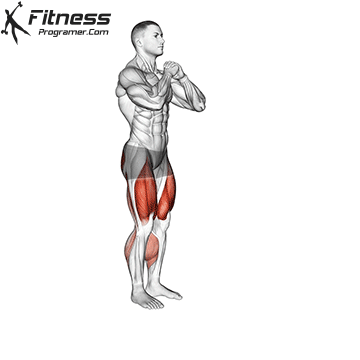
Starting Position: Stand upright with your feet hip-width apart, hands clasped on your hips or in front of your chest for balance.
Forward Lunge: Step forward with one leg, lowering hips until the front thigh is nearly parallel to the floor, keeping torso upright.
Transition: Without pausing, push off the front foot and swing the same leg backward into a reverse lunge.
Reverse Lunge: Lower your hips again, with the rear knee bending toward the ground while the front leg remains at 90 degrees.
Return to Start: Push through the front heel to return to the starting position, completing one full pendulum motion.
Repeat: Perform the desired reps on one leg before switching sides.
Tips for Proper Form
Keep your torso upright and core engaged throughout the movement.
Focus on smooth transitions between forward and reverse lunges.
Step far enough forward and back to allow proper knee alignment at 90 degrees.
Maintain steady breathing—inhale during lowering, exhale during upward drive.
Common Mistakes
Rushing the Movement: Reduces stability and increases injury risk.
Allowing the Knee to Collapse Inward: Places stress on the joints and reduces muscle activation.
Short Stepping: Prevents full range of motion, limiting effectiveness.
Benefits of the Pendulum Lunge
Strengthens Quads, Glutes, and Hamstrings: Provides comprehensive lower-body training with forward and reverse lunge engagement.
Improves Balance and Coordination: Challenges stabilizing muscles through continuous movement, enhancing athletic ability.
Increases Time Under Tension: The flowing pendulum motion extends muscle activation for greater endurance and growth.
Functional and Athletic Training: Improves unilateral strength, balance, and mobility for sports and daily movements.
Adaptable for All Levels: Can be performed with bodyweight, dumbbells, or kettlebells depending on fitness goals.
How to Incorporate Into Your Routine
For Beginners: Perform 2–3 sets of 6–8 reps per leg, bodyweight only, to build balance and coordination.
For Hypertrophy: Add dumbbells or kettlebells, performing 3–4 sets of 8–12 reps per leg with controlled tempo.
For Endurance and Conditioning: Use bodyweight or light weights for 15–20 reps per leg, integrating into circuits or HIIT workouts.
For Athletic Performance: Combine pendulum lunges with plyometric movements to build dynamic strength and balance.
Pendulum Lunge: Muscles Worked
The pendulum lunge primarily targets the lower body muscles, including the quadriceps, glutes, hamstrings, and calves.
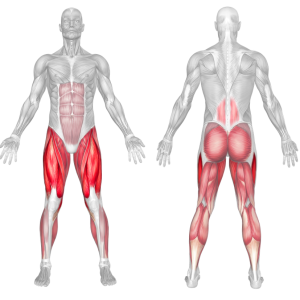
Frequently Asked Questions
Is the pendulum lunge good for beginners?
Yes, but start with bodyweight only until balance and form are developed.
What equipment is best for pendulum lunges?
Bodyweight, dumbbells, or kettlebells can all be used depending on your goal.
How many times per week should I perform this exercise?
Two to three sessions weekly are effective when paired with other lower-body exercises.
Does the pendulum lunge improve balance?
Yes, the continuous forward-and-backward motion significantly enhances balance and stability.
What’s the difference between pendulum lunges and split squats?
Pendulum lunges are dynamic and involve stepping forward and backward, while split squats are static with feet fixed in position.
Pendulum Lunge Variations
Adding creative variations to your pendulum lunges can make your workouts more engaging and help target different muscle groups. Remember to maintain proper form and choose weights that align with your fitness level and goals for each variation.

